VARIETIES AND TYPES OF TEA
REGIONS
CHINA
JAPAN
TAIWAN
THAILAND
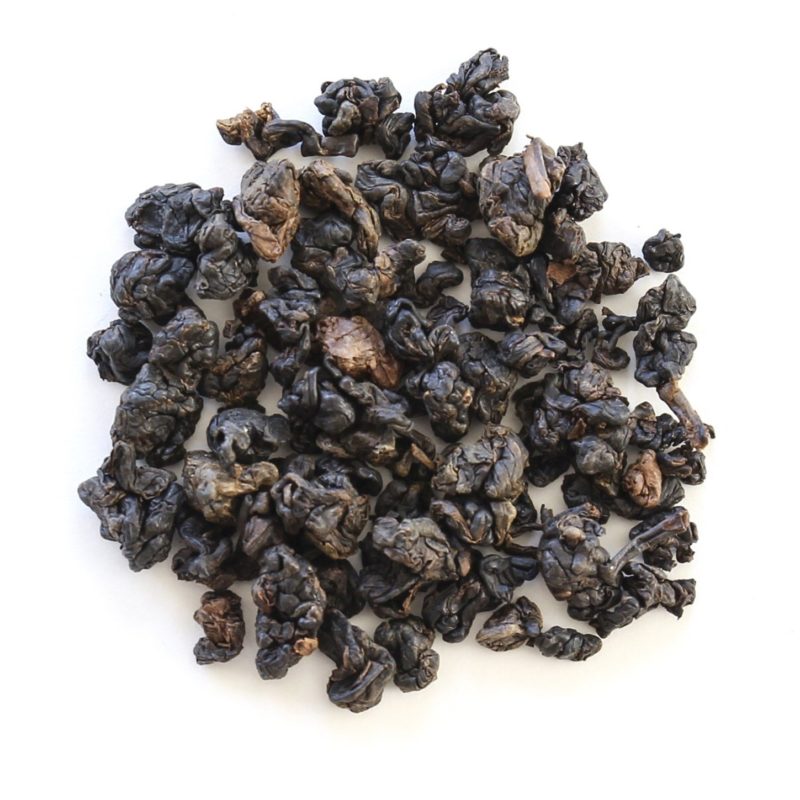
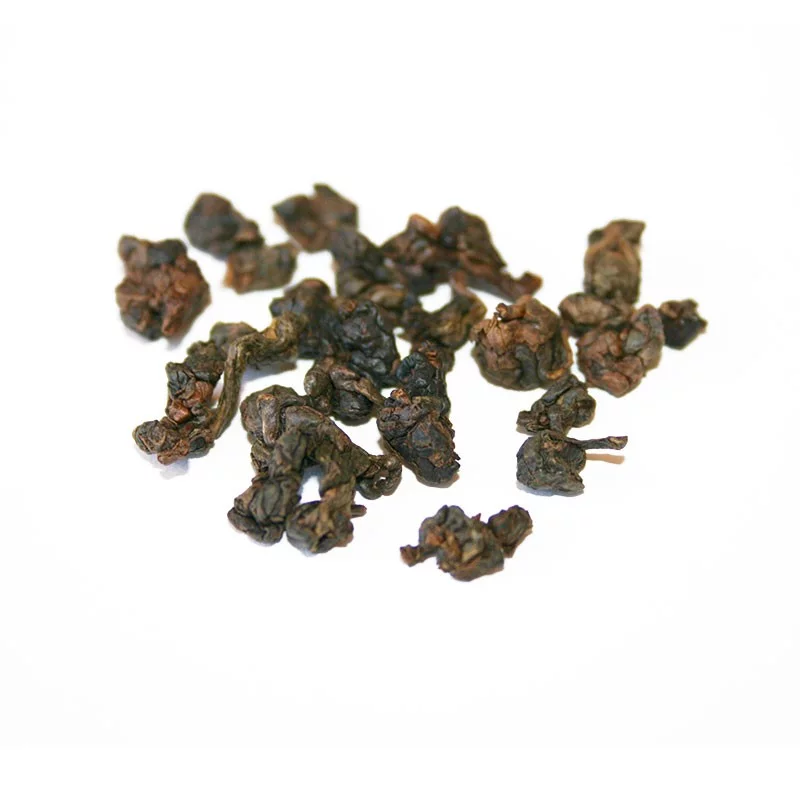
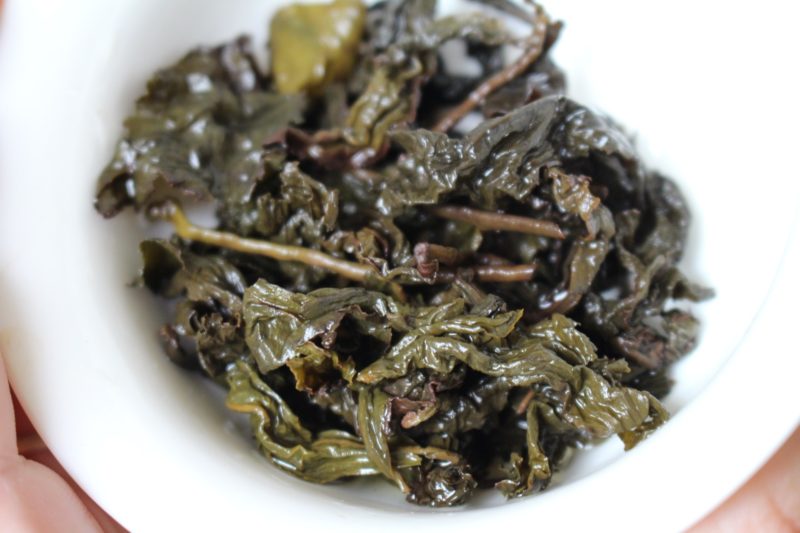
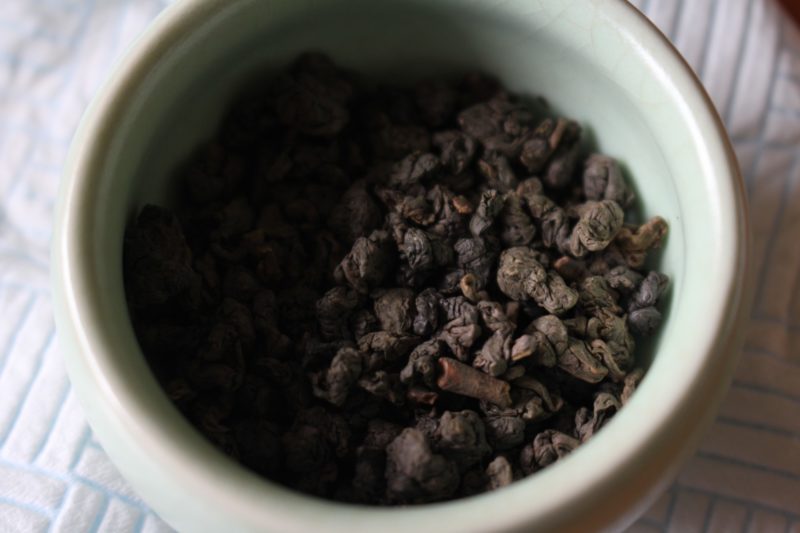
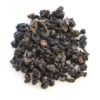
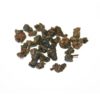
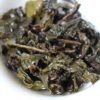
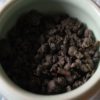
10.40€ Taxes included
Oolong Gaba Ruby is a strong-flavored tea with a considerable concentration of gamma-aminobutyric acid (GABA). Due to their cultivar of origin and expert processing, these leaves will yield a sweet and malty tasting liquor with notes of cocoa, wood, and caramel, while their special neuroactive molecule will reduce stress in the body.
This Gaba Ruby oolong tea from Taiwan, characterized by a medium to high degree of oxidation, comes from one of the island’s most famous cultivars, namely Ruby #18, and has high concentrations of gamma-aminobutyric acid (GABA).
The oolong in question has become very famous because of this amino acid, which is generally found in many teas but, thanks to skillful processing, has much higher than average concentrations here. The reason this amino acid is of great interest is its relaxing properties on our bodies: it is in fact a neurotransmitter whose main function is to inhibit certain neuronal signals and participate in the formation of certain hormones.
These teas can therefore prove to be good allies in our diet as well as having very interesting flavors and aromas. Because of the fairly high oxidation, we will find in this oolong notes of wood, cocoa and spices as well as pleasant roasted hints.
The leaves of Gaba Ruby oolong tea have a tightly rolled shape and hues ranging from dark brown to light hazelnut. Once infused, they give off aromas of black bread, dark chocolate, roasted nuts, coffee beans, and burnt caramel. In the cup, the liquor is amber-red, with beautiful ruby highlights.
GONG FU CHA
The first infusion of Gaba Ruby oolong tea has hints of cereal and rye bread crust and roasted hints of hazelnut, followed by notes of caramel and then cocoa. The second brew brings out faint floral notes reminiscent of orchid and sweet hints of brown sugar and malt, well balanced by notes of red fruits such as raspberry and currant that bring a pleasant acidity. With the third brew, hints of wood and an intensification of malty notes can be detected. Instead, the roasted notes mellow, and an elusive floral note can be picked up again on the finish. The persistence is enveloping cocoa and sweet-acidulous strawberry and raspberry.
WESTERN
The first sip of Gaba Ruby oolong tea has strongly roasted hints of hazelnut and coffee beans, followed by hints of black bread crust, a hint of nuts, and important cocoa bean notes. Wood and sweet malty notes emerge in the second line, while notes of aquatic flowers and then on the finish of red fruits remain faint and barely perceptible. The body is enveloping and dense, very soft on the palate, with a good roasted and vaguely caramelized persistence.
Taiwan
After harvesting, Gaba Ruby tea leaves wither in the sun for a short time followed by a resting phase on indoor bamboo trays. From here the oxidation is started by a manual massage of the leaf by the master producer who will then place the leaves to oxidise covered and as little as possible in contact with the air so as to accentuate the production of GABA in the leaves. Once the tea reaches the desired level of oxidation (around 70 percent), the leaves pass into a charcoal-heated kiln where enzymatic activity is stopped. After this stage in the kiln, the leaf is rolled into shape using a special machine or by hand and once the tea has dried it is ready to be consumed.
We strongly recommend infusing Gaba Ruby tea in the traditional Chinese method (Gong Fu Cha) with a gaiwan with a capacity of about 150 ml. By following this preparation, multiple infusions can be made with 5 grams of leaves that are useful to best capture all the flavor nuances of the tea.
Heat the water to a temperature of 90°C, proceed to a rinse of the leaves and then an initial 15-second infusion. Keeping the water at the same temperature, you can then continue to exploit the same leaves by adding more water and increasing the infusion time by 5 seconds each time (15 – 25 – 35…).
This tea has a longevity of about 6-7 infusions.
For a more classic preparation according to the Western style, we recommend 3 grams of leaves in a 200-mL cup with water at 90°C for an infusion time of 3 minutes.
For a better tasting experience, we suggest that you strain the tea as soon as the brewing time is over. The infusion timings we suggest can be slightly modified to your liking to achieve a more or less intense taste.
Store in a cool, dry place away from direct sunlight.
| Weight | 0.000000 g |
|---|---|
| Dimensions | 0.000000 × 0.000000 × 0.000000 cm |
| Detail - Temperature | 90°C |
| PACKAGE | 25 g, 250 g, 50 g, 500 g |
| Detail - Brewing | full-bodied |
| Feature - Caffeine | Low caffeine |
| Preparation - Gaiwan | 5gr x 150ml / 15-25-35… sec / 6-7 infusions |
| Preparation - Mug | 3gr x 200ml / 3 min / 2 infusions |
| Feature - Oxidation | Partial oxidation |
| Other - Origin | Taiwan |
| Other - Taste | Roasted/spicy |
| Harvest | Winter 2021 |
| Cultivar | Ruby / TRES-18 |
| method of collection | One bud and two leaves |
| Elevation | 400M |

